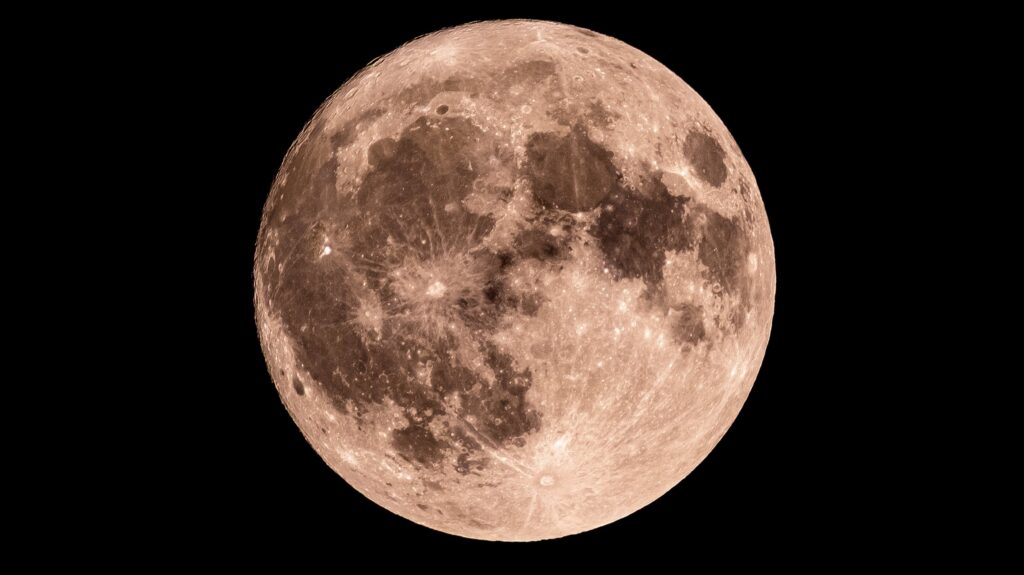
The moon will be in its Waxing Crescent phase on July 29, 2025, with approximately 23% of its surface visible from Earth, according to NASA’s Daily Moon Observation. This marks the fifth day of the current lunar cycle, providing an excellent opportunity for skywatchers to observe some of the moon’s most fascinating features.
Tonight, the moon offers a view of the Mare Crisium and the Mare Fecunditatis, the latter of which is also known as the “Sea of Fertility.” For those equipped with binoculars or a telescope, the Endymion Crater is also visible, adding to the allure of the night sky.
Upcoming Lunar Events and Moon Phases Explained
The next full moon will occur on August 9, 2025, following the last full moon on July 10, 2025. Understanding moon phases is essential for those interested in astronomy. According to NASA, these phases are the result of the moon’s 29.5-day orbit around Earth, which alters the angles between the Sun, Moon, and Earth.
As the moon travels through its orbit, the amount of sunlight it reflects changes, leading to various phases. The eight primary moon phases include:
– **New Moon**: The moon is positioned between Earth and the sun, rendering it invisible.
– **Waxing Crescent**: A small sliver of light appears on the right side.
– **First Quarter**: Half of the moon is illuminated on the right side, resembling a half-moon.
– **Waxing Gibbous**: More than half is lit, but it is not yet full.
– **Full Moon**: The entire face of the moon is illuminated.
– **Waning Gibbous**: The moon begins to lose light on the right side.
– **Last Quarter**: The left side of the moon is now lit, presenting another half-moon.
– **Waning Crescent**: A thin sliver of light remains on the left side before the cycle starts anew.
These phases follow a repeating cycle, allowing enthusiasts to predict the moon’s appearance in the night sky. As the Waxing Crescent moon graces the evening sky, it invites both casual observers and serious astronomers to take a moment and enjoy the beauty of our celestial neighbor.






